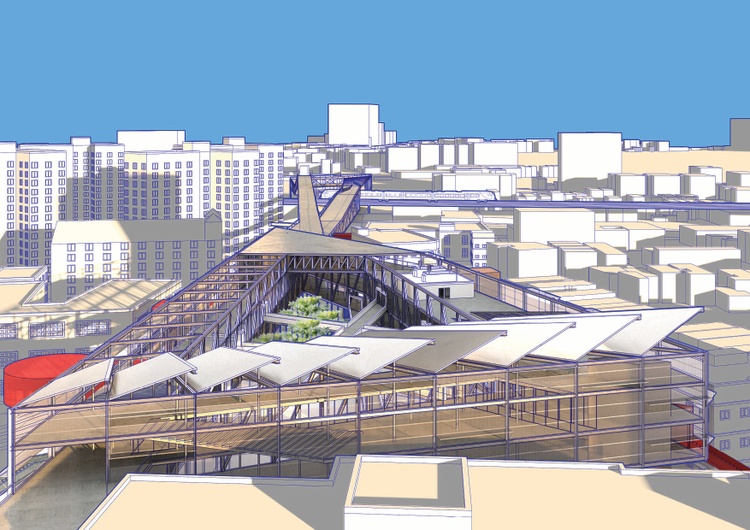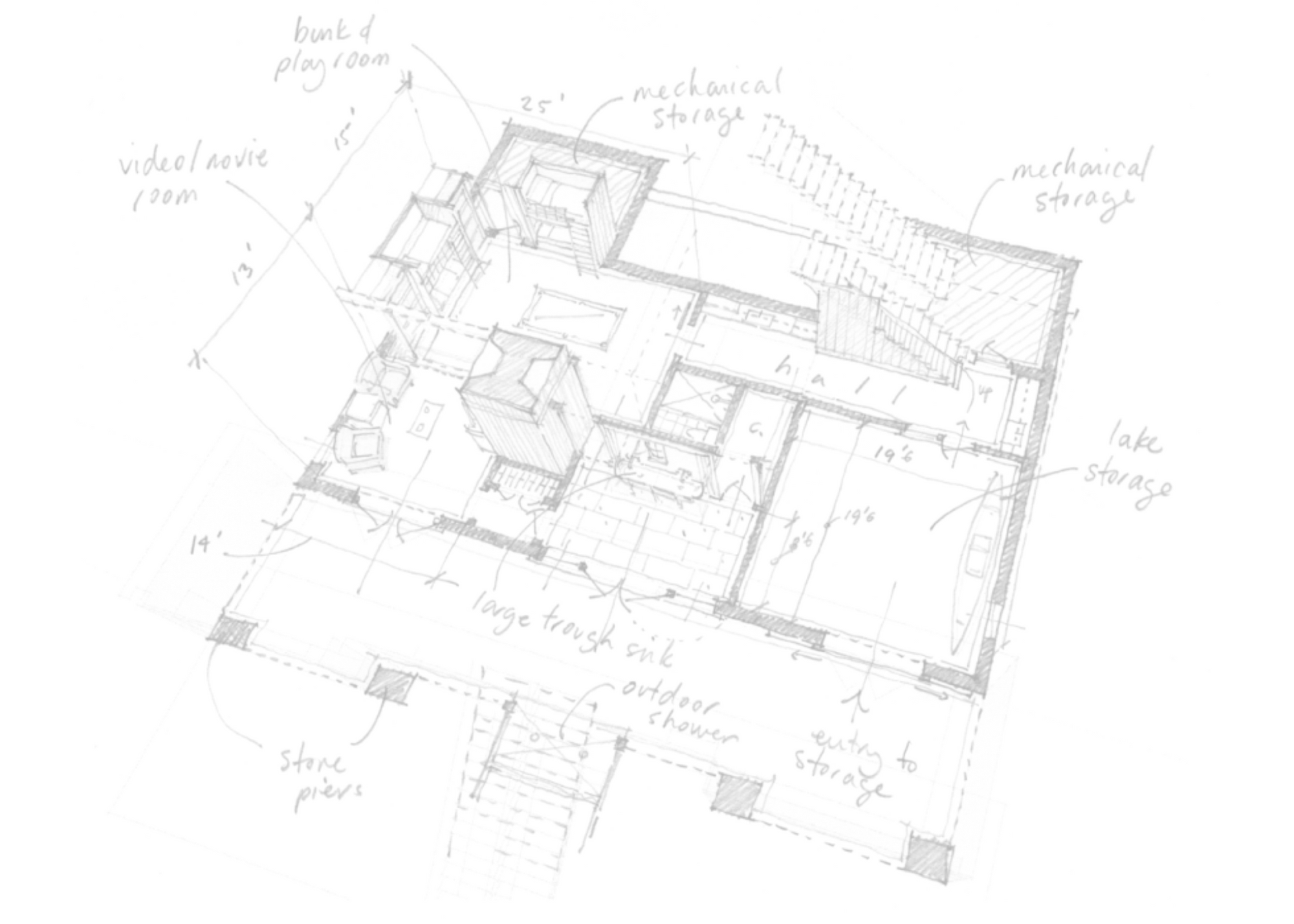A Comprehensive Overview of Architectural Styles and Their Impact on Modern City Preparation and Growth
Building styles have actually long served as a mirror to the social values and technical improvements of their time, playing an important role in forming contemporary city planning and growth. From the splendour of Neoclassicism to the practical method of Brutalism, each style has actually introduced one-of-a-kind principles that influence city appearances and performance.
Historical Introduction of Architectural Designs
Throughout history, architectural styles have actually developed in response to social, technical, and environmental elements. Each period shows the prevailing worths, ideas, and innovations of its time, resulting in an abundant tapestry of layout that indicates human creativity and adjustment. The ancient worlds, such as the Egyptians and Greeks, established fundamental styles that emphasized balance and proportion, serving both functional and visual functions.
As societies transitioned via the Middle Ages, Gothic style emerged, defined by its verticality and detailed detailing, mirroring the spiritual aspirations of the age. The Renaissance noted a rebirth of classical ideals, merging art and design in cutting-edge manner ins which influenced subsequent styles throughout Europe.
The Industrial Change presented brand-new products and construction methods, triggering motions like Innovation, which tested typical forms and embraced simplicity and functionality. The 20th century saw a diversification of styles, with Postmodernism reacting against the stark minimalism of its predecessor, incorporating historical references and eclectic elements.
Today, architectural styles continue to evolve, driven by globalization and sustainability concerns, reflecting a vibrant interaction in between heritage and innovation. This historical overview underscores the significance of style as a mirror of social advancement and as a stimulant for metropolitan advancement.
Secret Architectural Styles Explained
The diversity of architectural designs mirrors the myriad impacts that form our developed environment, each embodying distinct characteristics and social values. Secret architectural styles consist of Classic, Gothic, Baroque, Modernism, and Postmodernism, each representing unique historic contexts and visual viewpoints.
Classical style, rooted in ancient Greece and Rome, stresses balance, proportion, and using columns. On the other hand, Gothic style, thriving in the Center Ages, is defined by pointed arcs, ribbed vaults, and flying buttresses, producing a heavenly top quality in basilicas. Baroque architecture, arising in the 17th century, is marked by magnificence, intricate embellishment, and a vibrant interaction of light and shadow.

Recognizing these designs supplies understanding into the cultural narratives and technological advancements of their respective eras, highlighting how style offers not equally as a sanctuary, however as a reflection of societal worths and desires.
Influence On Urban Preparation
In forming the advancement of cities, architectural designs dramatically affect metropolitan planning decisions. The selection of building style frequently dictates the aesthetic appeals, functionality, and overall personality of metropolitan atmospheres. Modernism, with its focus on minimalism and functionality, urges open areas and the integration of modern technology, shaping city layouts that focus this link on effectiveness and ease of access. Conversely, standard styles might emphasize historic preservation, bring about metropolitan designs that preserve cultural heritage and advertise pedestrian-friendly environments.
Additionally, building styles can affect zoning regulations and land utilize plans. Urban planners need to consider the prevailing building trends when creating areas, guaranteeing that brand-new developments balance with existing frameworks. This consideration promotes natural urban landscapes and boosts community identity.
The application of specific architectural designs can also influence socioeconomic variables within a city. High-end contemporary basics designs may attract affluent locals and companies, leading to gentrification, while much more cost effective real estate remedies could focus on sensible and lasting layouts to fit varied populations. Ultimately, the interplay between building designs and metropolitan planning creates dynamic cities that mirror both historic context and modern requirements, shaping the lived experiences of their residents.
Sustainability and Modern Architecture
Architectural designs play an essential function in resolving modern difficulties, specifically in the world of sustainability. As metropolitan areas expand and ecological problems increase, modern-day design increasingly embraces lasting style concepts that prioritize energy performance, source conservation, and minimal ecological influence.
Contemporary architectural movements, such as biophilic design and environment-friendly design, advocate for frameworks that balance with their environments, making use of natural materials and advertising biodiversity - cda architects. These styles often include eco-friendly power sources, such as photovoltaic panels and wind turbines, to reduce dependence on fossil fuels and reduced carbon impacts
Furthermore, the assimilation of innovative modern technologies, such as smart structure systems, improves energy monitoring, maximizing resource usage while guaranteeing resident convenience. Cutting-edge water monitoring techniques, including sites rainwater harvesting and greywater recycling, further add to lasting urban settings.
Significantly, sustainability extends beyond ecological issues; it incorporates social and financial dimensions. By promoting area well-being and advertising inclusivity, modern-day architectural designs straighten with sustainable development objectives. The evolution of architectural techniques continues to form resistant cities that not only fulfill the demands of the existing however additionally guard the future for generations to come.
Neighborhood Engagement in Style
Community engagement in design serves as a critical bridge between architects and the populations they serve, ensuring that the built environment reflects the needs and aspirations of its users. This collaborative process welcomes area participants to add their understandings and preferences, promoting a sense of ownership and responsibility towards the rooms they populate.
Reliable neighborhood engagement employs various approaches, such as workshops, studies, and public discussion forums, to gather diverse viewpoints (cda architects). These strategies promote a two-way discussion, enabling architects to recognize neighborhood contexts while equipping locals to voice their problems and wishes. This inclusivity not only improves the design top quality yet likewise promotes social equity by resolving the special challenges encountered by marginalized groups

Conclusion
Building styles have exceptionally affected contemporary city preparation and advancement, mirroring progressing social and technical contexts. As cities proceed to expand and adjust, the continuous dialogue in between building heritage and contemporary design principles will certainly continue to be crucial in creating inclusive, vibrant areas that boost top quality of life and promote social equity.